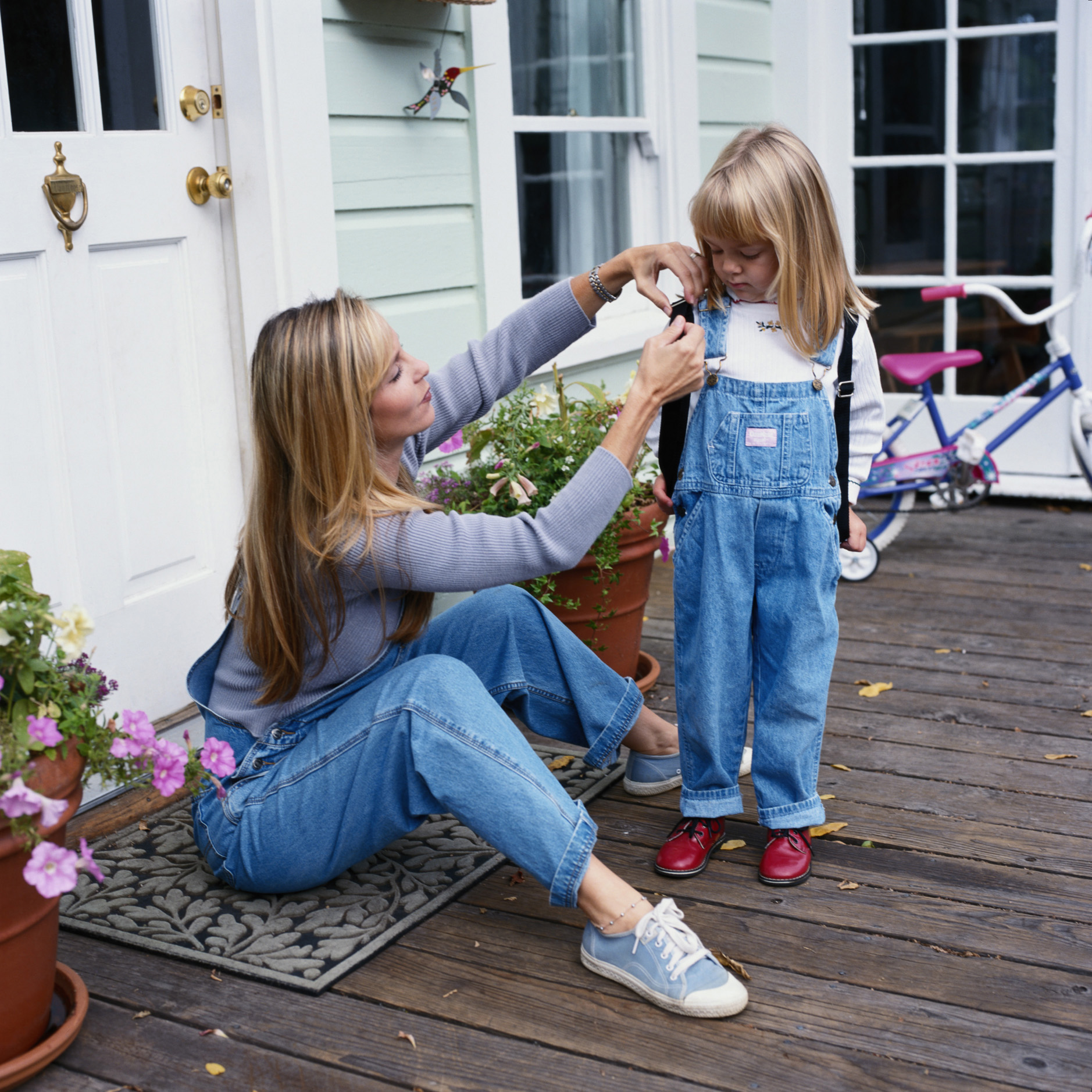Cold and Flu season is here. It’s the time of the year when the kids are back to school, cold weather is upon us and we begin to see less sun. All of these factors set up the perfect environment for colds and flu’s to flourish. Yet, there is something we can do to try and minimize exposure to getting sick as well as support their immune systems to prevent and/or reduce symptoms if in fact they do end up getting sick.
Minimizing exposure to germs has to begin with teaching your children about hygiene. I have taught my children that germs can get us sick when we touch our noses, eyes and mouths. Using things like hand sanitizer (which is usually well stocked in most classrooms), washing hands, or using a tissue will make those germs go away. Teaching hygiene measures to children is not always easy but with repetition at home, they will soon catch on and apply what they’ve learned at home at school.
Immune support is very important during cold and flu season. One of my favorite immune supportive botanical medicines would have to be Elderberry. Elderberry is a very widely researched herb that has been shown in numerous studies to be immune supportive as well as anti-viral (viruses are responsible for causing all colds and flu’s). It is a wonderful herb that kids don’t mind taking due to its’ palatable taste.
With the decrease in sunlight and further distance from the sun during the wintertime, we lose an essential vitamin necessary for immune system regulation – Vitamin D. The two sources of Vitamin D are sunlight and a few foods (fish, eggs, and fortified products like dairy/soy/cereal/orange juice). Vitamin D plays numerous roles in the body and one of those many important roles is supporting our immune systems. Because of lack of sun exposure and minimal intake through diet, it is important to consider Vitamin D supplementation during the winter. Vitamin D status is always part of my lab work-up in a patient and I have found most adults and children are deficient or at best insufficient. Dosage recommendations will vary with age.

